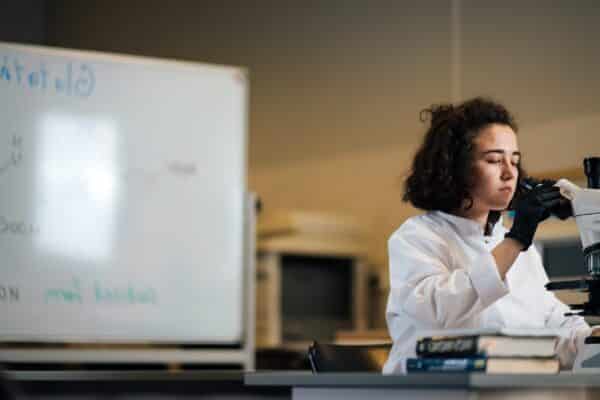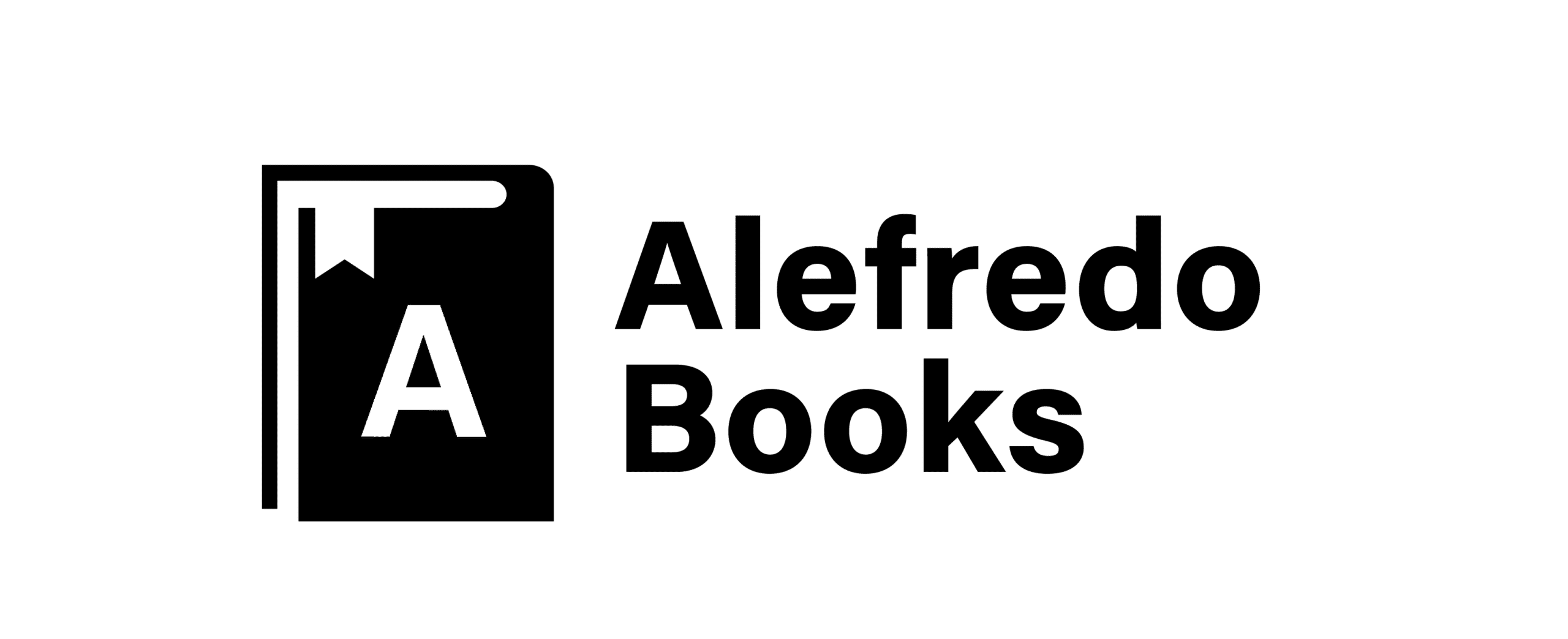
Science fusion ecology
The Study of the Ecology and Environment in ScienceFusion Module
The study of the Ecology and Environment is part of ScienceFusion Module D. It includes print components and online school components, and can be completed in approximately four to six weeks, depending on your schedule. Developed with teachers in mind, the program features multimedia, multi-modal learning(Science fusion ecology), teaching strategies, and assessment options to meet the needs of your students. These materials are ideal for the classroom, as they are designed to reinforce concepts and foster deeper understanding.

Science fusion ecology videos
A new series of 9 videos is available to teach students about the environment. The videos were funded by Houghton Mifflin Harcourt, a major publisher of science-related books. They are designed to provide an accessible, entertaining way to teach the basics of ecology. Students can learn about the ecology of a specific ecosystem and what happens during the different stages of its development. Each video is hosted by Dr. Mike, who shares his knowledge of the field.
The videos are accompanied by interactive activities to encourage students to make notes, sketch, and record data. Each video is less than one minute in length. The series also includes digital lessons and virtual labs. Teachers can use ScienceFusion in combination with ScienceSaurus, a comprehensive science resource. ScienceFusion is a registered trademark of Houghton Mifflin Harcourt. All other trademarks are the property of their respective owners.
Inquiry Lessons
The Science Fusion program, published by Houghton Mifflin Harcourt, teaches students concepts of earth science, meteorology, astronomy, and more. The curriculum provides hands-on activities and lab skills, as well as lessons in hypothesis testing and drawing conclusions from the data. The program’s comprehensive assessment guide includes copymasters of several types of assessments and explanations of answers. A digital lesson guide provides teachers with suggestions for evaluating student progress.
This program includes complete print and digital curricula, as well as online resources that are adapted to different learning styles and time constraints. Lessons have distinct inquiry levels, which help teachers tailor instruction to the student’s level of understanding. Teachers can choose from write-in worktext, digital lessons, and labs for each lesson. The labs offer three levels of differentiation, and all materials are accompanied by Teacher Resources, including tips and safety notes.
Hands-on activities
The two single-grade elementary editions include complete digital and print curricula, write-in textbooks, Interactive Online Student Editions, additional digital resources, and hands-on labs. In a recent impact study involving 20 different classes, the authors noted that their use of ScienceFusion resulted in statistically significant gains in student achievement compared to a control group. Teachers can use both versions of the program in their classrooms, depending on their own needs.
Students can explore the interactions between humans and the environment through hands-on activities. The lessons address specific ecosystems, as well as broader environmental concepts. These hands-on activities promote environmental awareness, a deeper understanding of scientific principles, and insights into the way humans interact with their environment. During each class, students can engage in collaborative and lab-partner work to explore the world around them. For teachers, hands-on activities are a great way to spark students’ interest and introduce abstract scientific ideas.(Science fusion ecology)
Assessment options
Science Fusion provides a variety of assessment options, giving teachers maximum flexibility. Assessment options for the various components of the Science Fusion program are outlined in the teacher’s guide, which contains sample copymasters for different types of tests and quizzes. The guide includes rubrics and answer sheets, as well as suggestions for evaluating student progress. Students can be assessed through a variety of methods, including writing a final exam or completing an assessment of a short quiz. The program is easy to implement and allows for a wide range of learning styles.
The Student Interactive Digital Curriculum for ScienceFusion includes digital lessons, virtual labs, and science-based projects. The curriculum is designed to help teachers reach individual students and reinforce concepts. The Student Interactive Digital Curriculum has multiple levels of inquiry and uses cutting-edge technology to engage students. Teachers also have access to science eTextbooks and videos to supplement the online lessons. The ScienceFusion curriculum has an online component that allows educators to access lesson components and student data anytime, anywhere.

Comments (0)